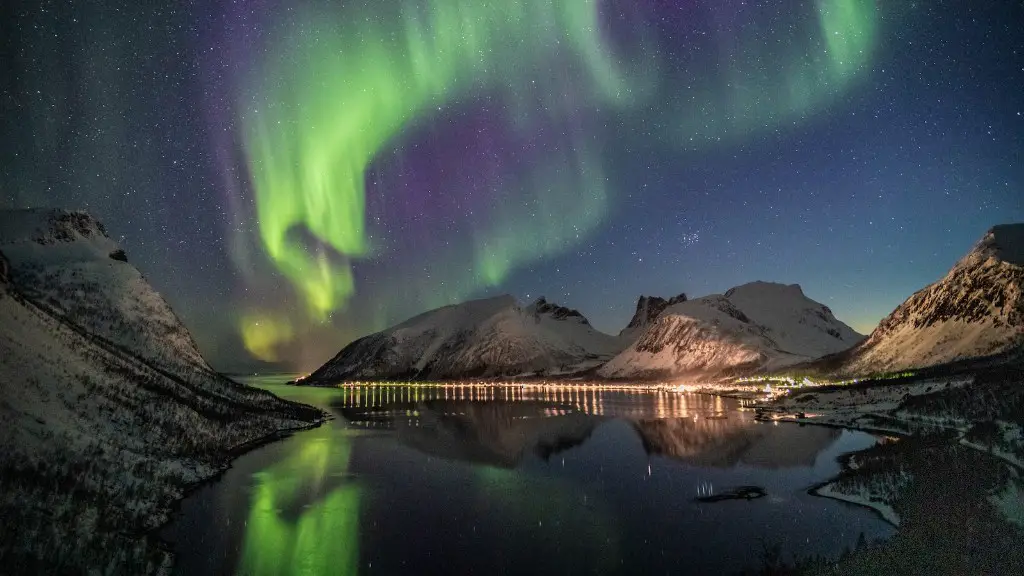Introduction
The Mississippi River is the fourth longest river in the world and historically, it has been the most important river in North America, supporting the development of a vast array of human settlements. Its influence on the environment and nature has been vital for human flourishing and many areas along the coast are highly appreciated for their natural beauty. Despite this, the Mississippi has been prone to devastating floods in recent years, but how far does its reach stretch? In this article, we will explore how vast the natural floodplain of the river is, its impacts on the environment, and how it might be managed in the future.
The Size of the Mississippi River Floodplain
The floodplain of the Mississippi River covers an impressive 25,000 square miles, stretching from Illinois to Louisiana. While the main channel of the river is over 2,300 miles long, the floodplain extends even further and is often underestimated. This is because the boundaries of the floodplain depend on various environmental factors, such as the intensity of rainfall and the flooding of rivers, streams and other bodies of water. For example, during times of heavy rain, small tributaries of the Mississippi can spread the flooding over further patches of land, sometimes into states miles away from the Mississippi itself.
Flooding can also be exacerbated by changing weather patterns and long-term climate change trends. In the last two decades, the area of the Mississippi River floodplain has been estimated to have grown by around 1,000 square miles, due to a combination of heavy rainfall, changing land use, and sea level rise. It is estimated that this area could continue to grow in the next few decades as climate change continues to influence the intensity of rainfall and the regularity of flooding event.
Impacts of the Mississippi River Floodplain on the Environment
The Mississippi River floodplain is an important ecosystem, rich in biodiversity and natural beauty. It is home to over 130 species of fish, over 400 species of birds, and various reptiles, mammals and amphibians. The wetlands along the Mississippi River also act as filters and absorb a lot of pollutants from the water that is coming from the river, thus helping to preserve the health of the local environment.
The floodplain also provides important habitats for wildlife and is a widely used recreational area. However, due to construction, urban development and other land usage, much of the natural landscape of the Mississippi River has been drastically altered and the biodiversity of the area has been decreasing in recent years. In particular, the natural levees and wetlands of the area have been destroyed, which has led to an increase in flood intensity, as well as a decrease in the amount of natural water filtering.
Managing the Mississippi River Floodplain
The management of the Mississippi River floodplain is an important issue, particularly in the face of changing climate conditions and the likely increase in flooding events. The most common approach is to implement relief channels or levees, so that the floodwaters can be diverted away from vulnerable areas or towards areas that can absorb them better. However, this approach is controversial, as it can also interfere with natural water flows and adversely affect the habitats of wildlife.
In recent years, there has been an increased focus on the need for greater floodplain management, through better communication and coordination of different organizations, along with the adoption of sustainable farming practices and other protective measures. For example, in 2019, the National Audubon Society, in partnership with nine state agencies, launched a project that aims to restore natural wetland and grassland habitats, as well as to install protective levees and other structures in areas most vulnerable to flooding.
Conclusion
In conclusion, the natural floodplain of the Mississippi is vast and its impact on the local environment is immense. It is crucial to recognize the consequences of human actions on the area and the need to take appropriate steps to ensure its protection. By implementing protective measures, such as levees and sustainable farming practices, as well as restoring natural habitats, there is hope that the floodplain’s wildlife and resources can remain intact and be enjoyed by generations to come.


